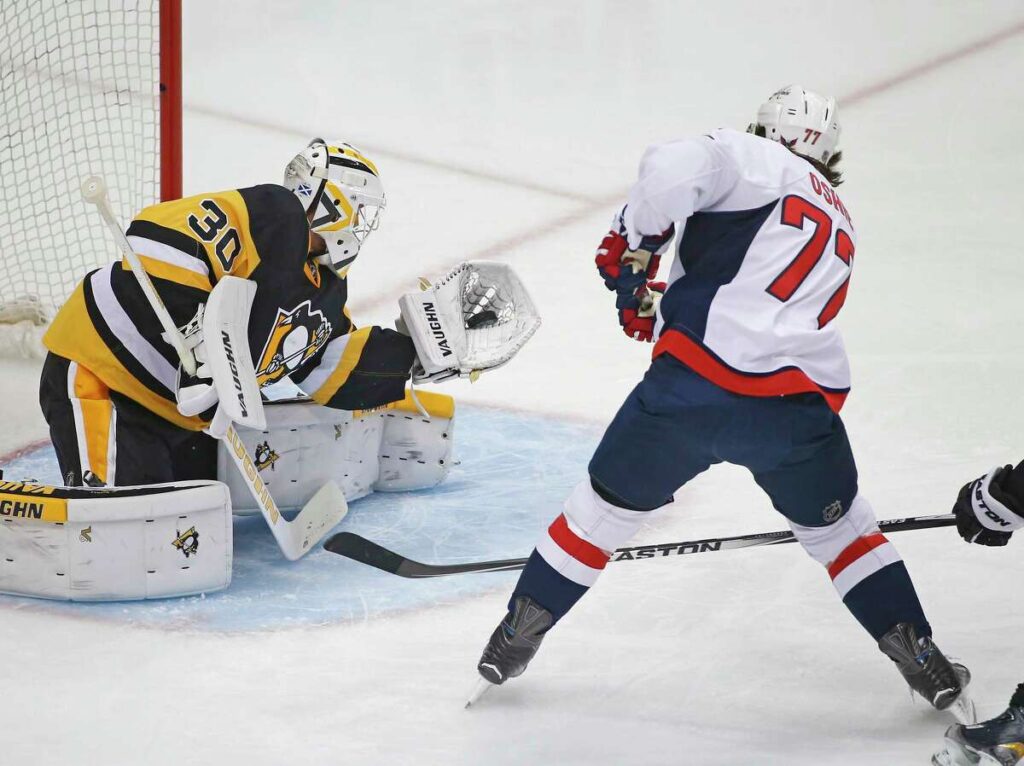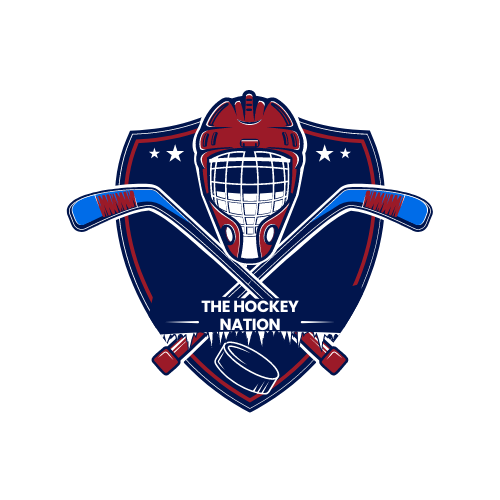Hey everyone, come on over and scoot your barstools closer. Let’s dive into one of the trickiest topics in hockey – interference. It’s that annoying penalty that shows up out of the blue, making you yell “That’s interference!” at your TV (or the ref on the ice if you’re right there at the rink).
Make Way for the Puck

To someone new to the game, interference might sound as tricky as scoring a hat-trick in a goalie face-off. But let’s break it down. Simply put, interference happens when a player blocks the opponent without being close enough to the puck, which in hockey talk is about the length of an adult alligator, more or less. It’s like those speed bumps in a school zone – they don’t halt the flow, but they can sure slow it down.
But You Said He Couldn’t Do That…
So, you might be wondering, “Isn’t some of that contact just part of the good old hockey game?” Well, my sharp-witted friend, you’re onto something there. It’s the very query that turns interference into one of the most fiercely debated penalties in the NHL. You see, hockey is all about that physical play, and interference is like that unexpected guest at a party. It lurks around, sneaky as can be, until it knocks over the fruit punch bowl. And let me tell you, when that happens, it’s time for a two-minute timeout in the penalty box.
It’s Not Just About the Body
Interference isn’t just limited to body checks. It goes beyond that. This rule is as multifaceted as a spinning disco ball. Players risk getting penalized for interference not only by physically obstructing opponents but also by using their stick to impede progress or even by dislodging the stick from an opponent’s grasp. It’s akin to penalizing a minor offense, but within the intense, nail-biting, and frosty realm of sports.
The Goalie’s Safe Space

Let’s give a shoutout to our masked buddies protecting the goal! The crease is their fortress, their safe haven. If any opponent even gets close without the puck, that’s a definite goalie interference call. And come on, who wants an uninvited guest, especially one holding a hockey stick!
A Game of Inches and Seconds
So, here’s the deal – interference isn’t just about contact, it’s all about timing and how close the puck is. So, most of the time, deciding if a play is interference or fair is a split-second judgment call. Just a heads up, in the NHL, you can hit a player right after they pass, but if you wait too long, that good ol’ check could end up as a penalty. 😉
Interferences: The Artful Dodger of Penalties
So, the next time you’re engrossed in the midst of a thrilling game, and you find yourself pondering the nuances of interference, consider this – it all boils down to the intricate balance of timing and positioning on the icy rink.
Interference, in the realm of sports, is akin to a complex puzzle, with each move and decision woven delicately into the fabric of the game.
Whether it involves disrupting the goalie’s focus or impeding a player’s progress without possession of the puck, interference remains a contentious issue that can disrupt the flow of play. It’s a violation that’s as unwelcome as an unexpected dental appointment.
Therefore, stay vigilant and keep that beverage chilled, for grasping the concept of hockey interference is akin to capturing a rare sighting of a unicorn – elusive, enchanting, and often subject to intense debates. And isn’t this element of intrigue and unpredictability precisely what fuels our passion for this beloved sport?
Conclusion
In wrapping up our chat about the shadowy figure skirting around the ice rink known as interference, it’s evident that its ambiguous nature adds an extra layer of excitement and debate to hockey.
Whether you’re a seasoned veteran or a newbie getting your skates wet, understanding the complexity of this penalty helps appreciate the finesse and strategy woven into the fabric of the game.
Like a chess match on ice, players and referees alike must constantly anticipate and react, making split-second decisions that can either turn the tide of the game or simply add to the penalty minutes tally.
So next time the whistle blows and you find yourself questioning the call, remember the art and subtlety of interference – it’s what keeps the game interesting, challenging, and perpetually engaging for fans around the globe.
